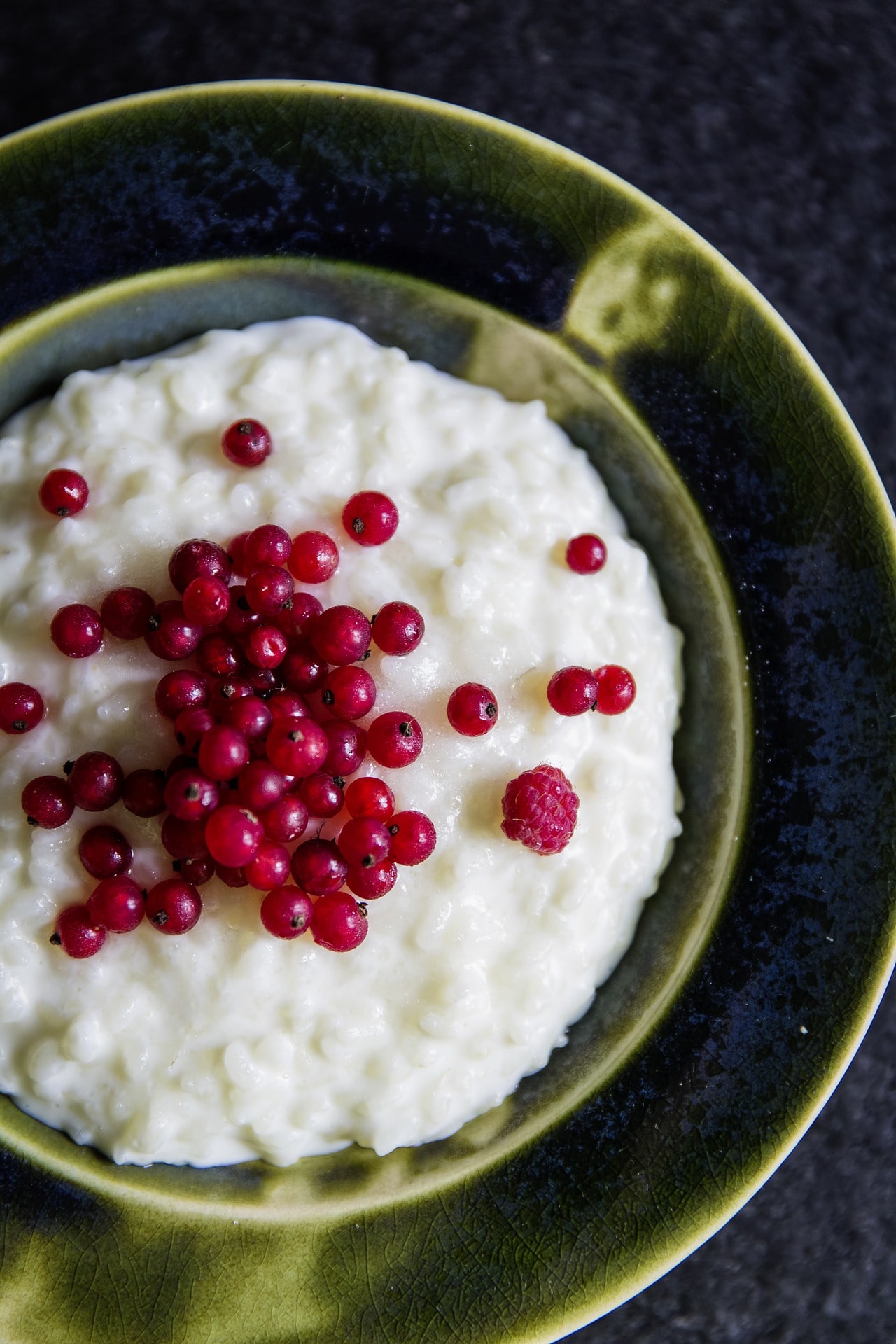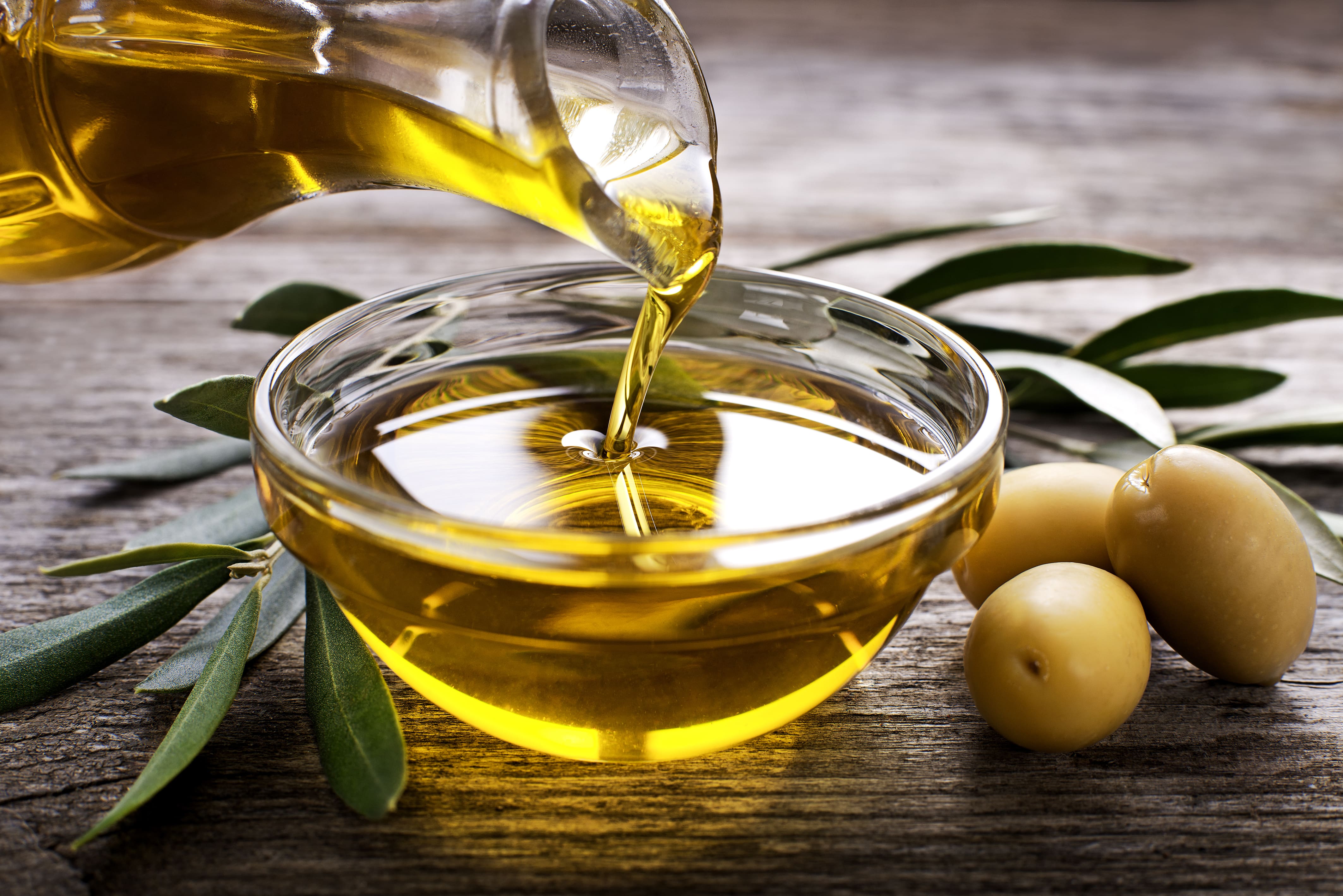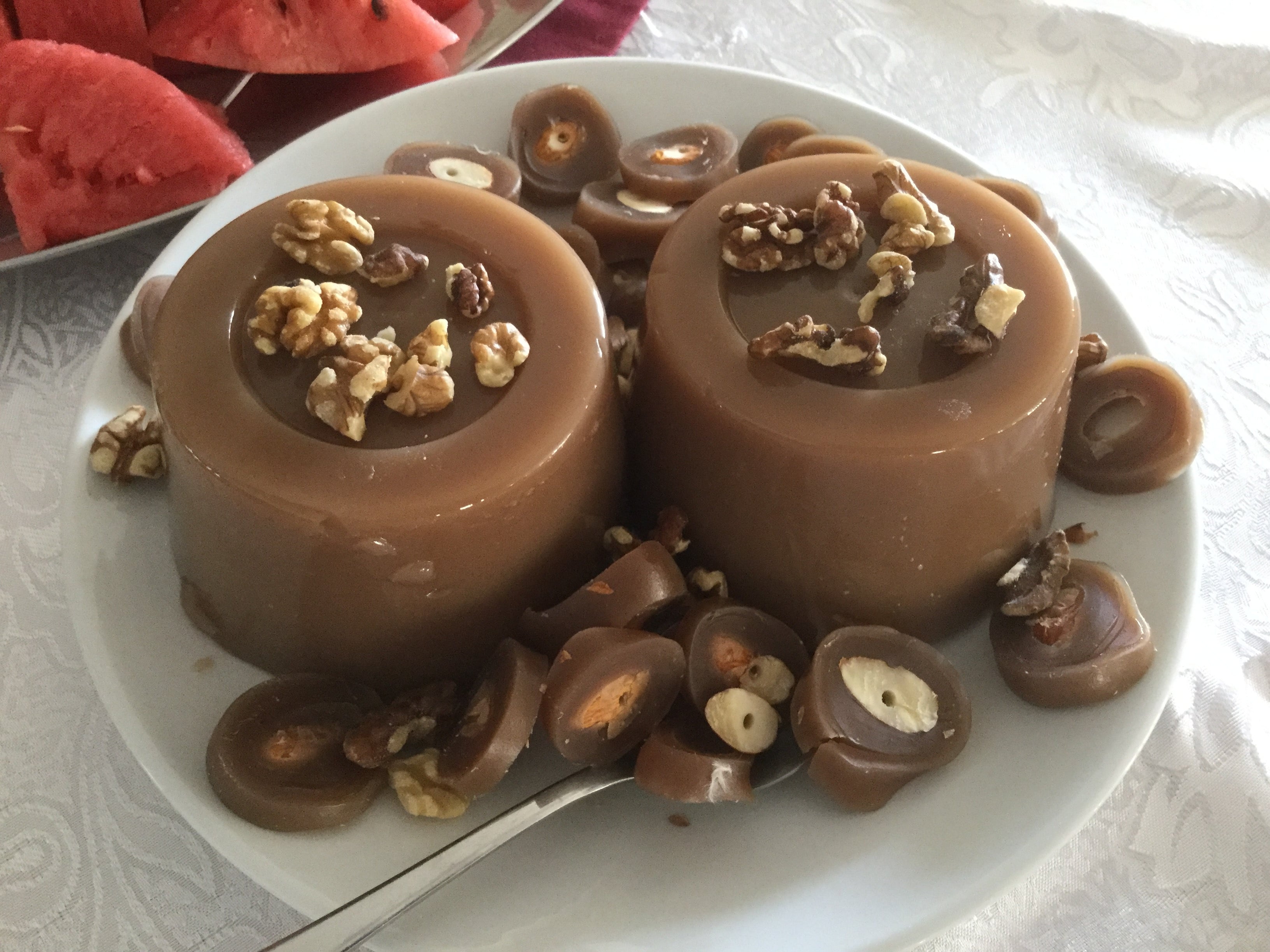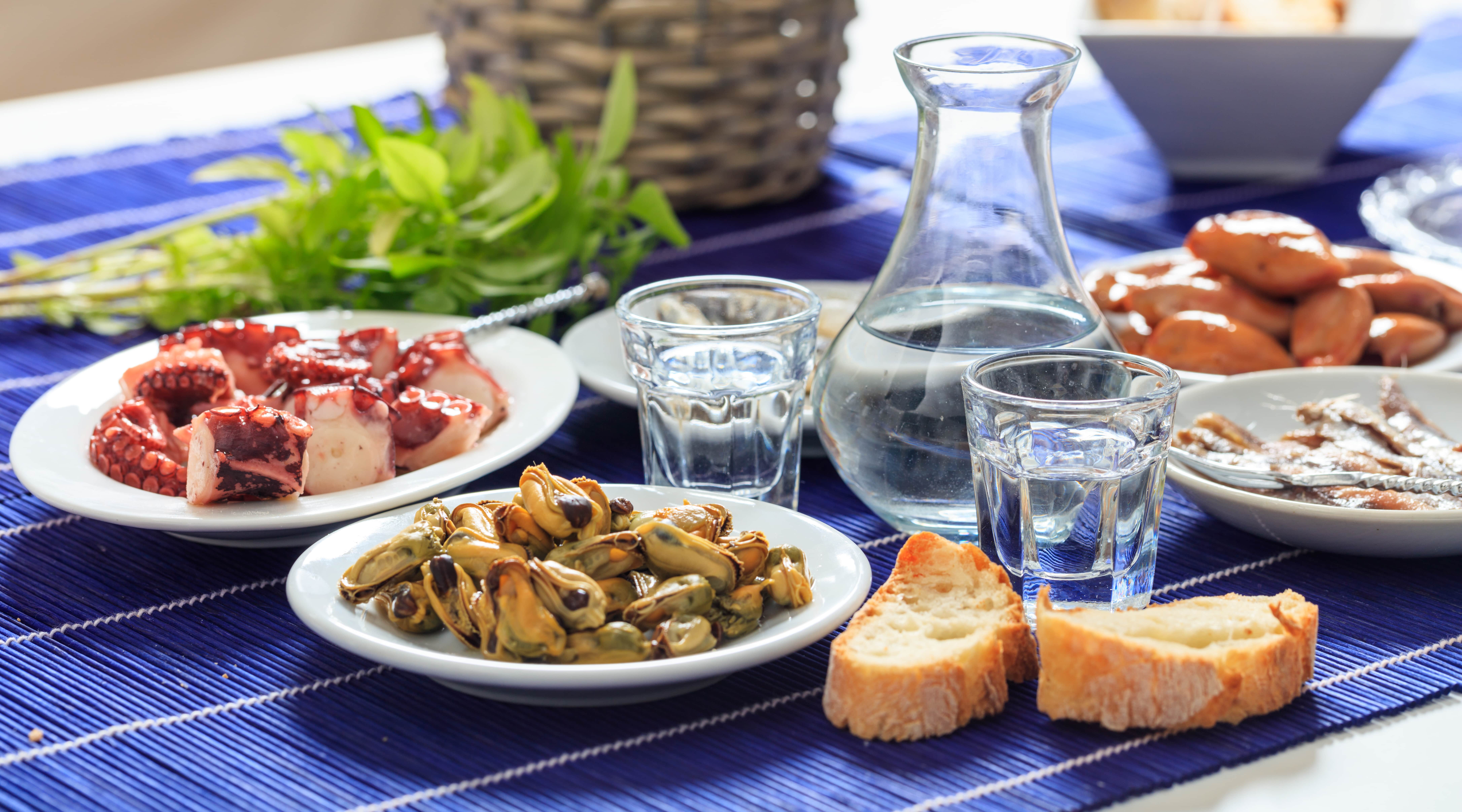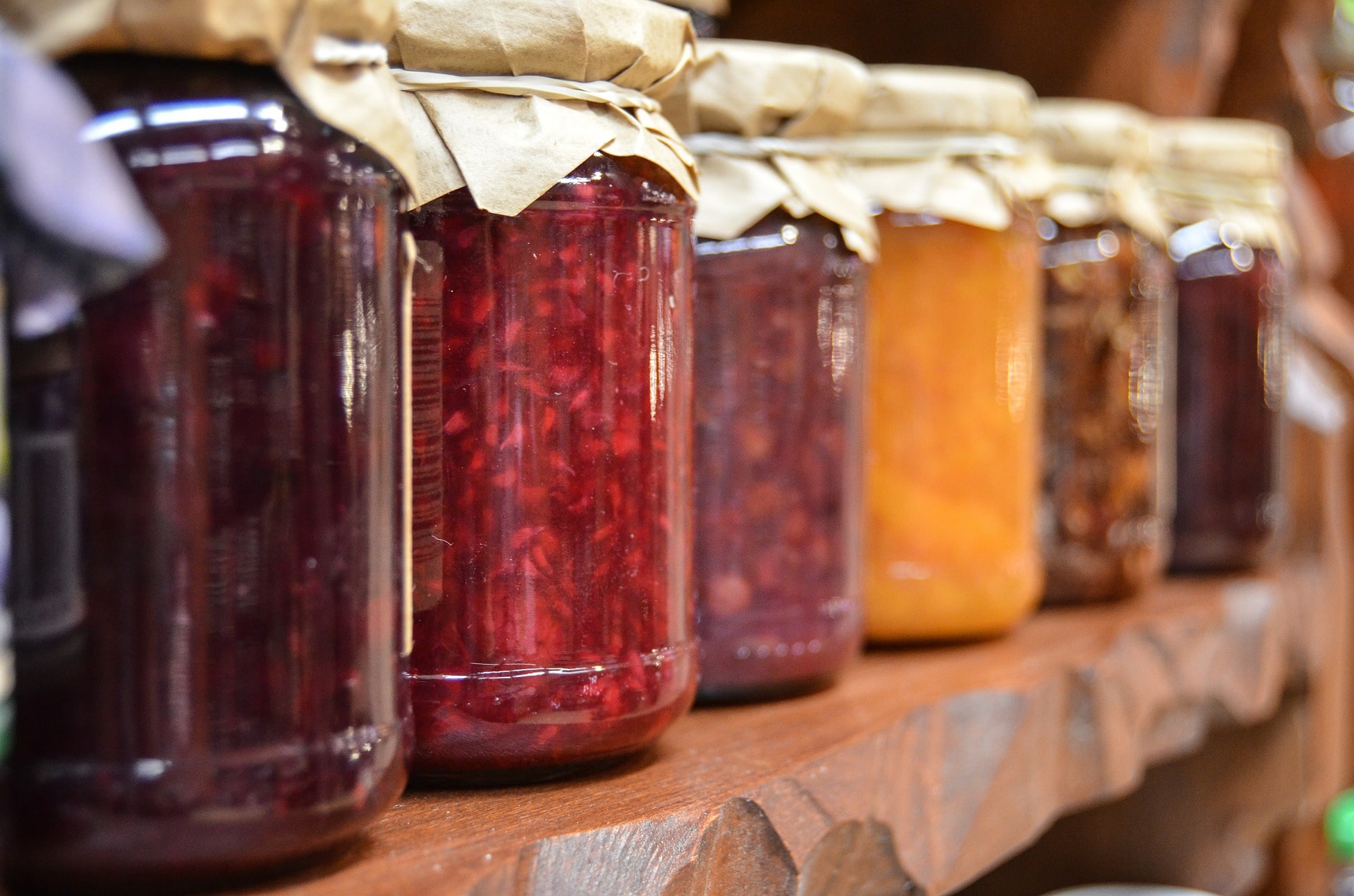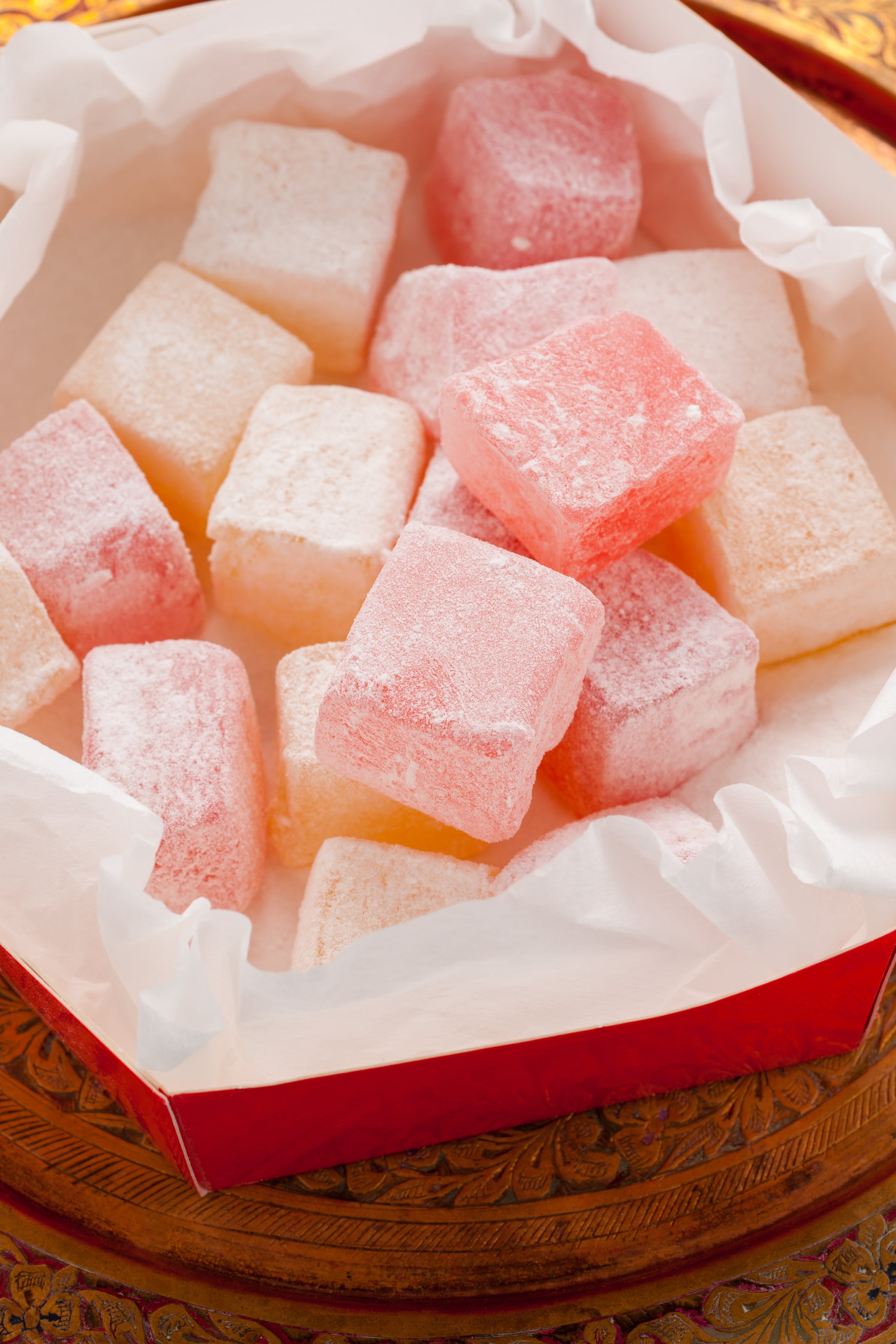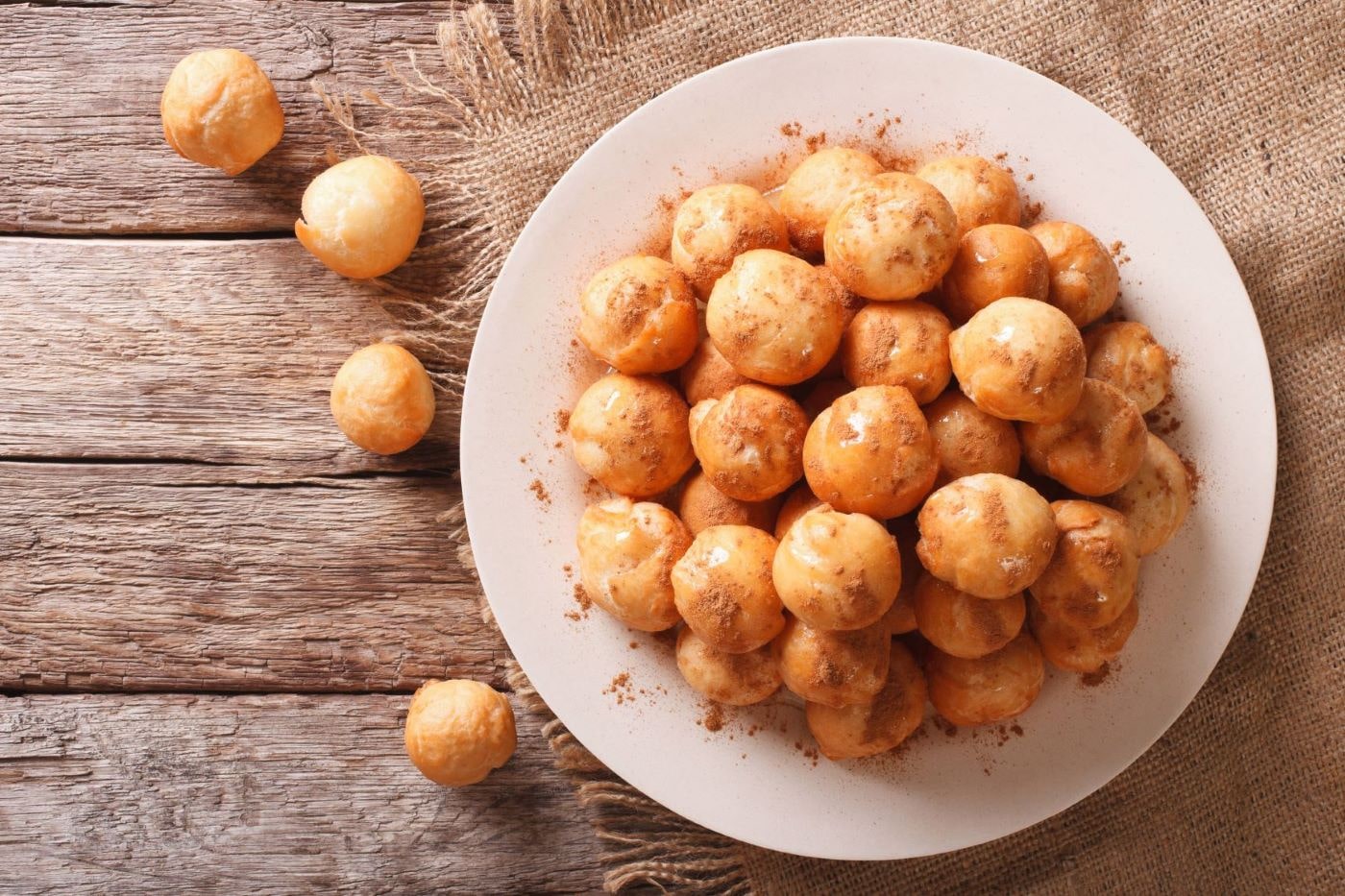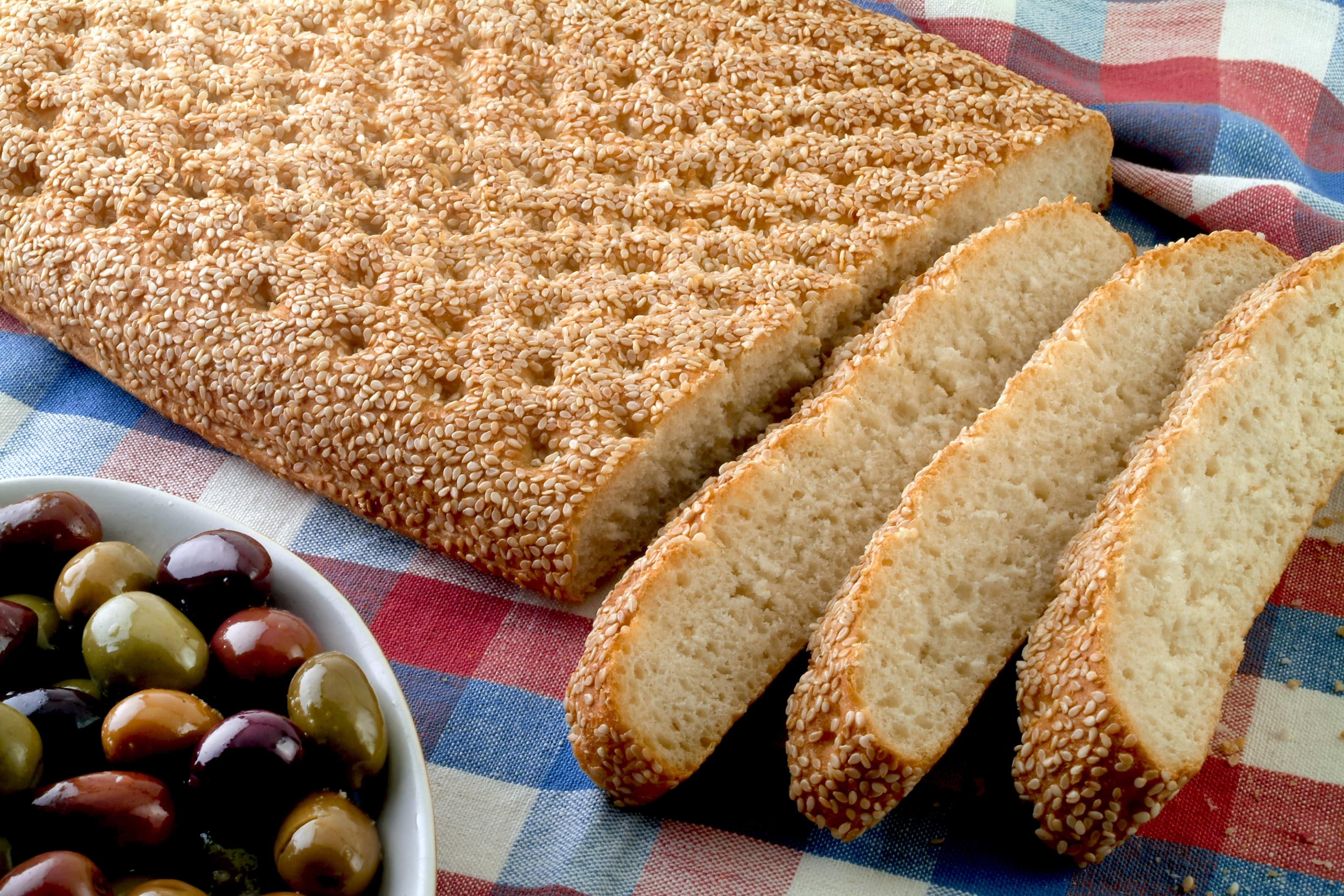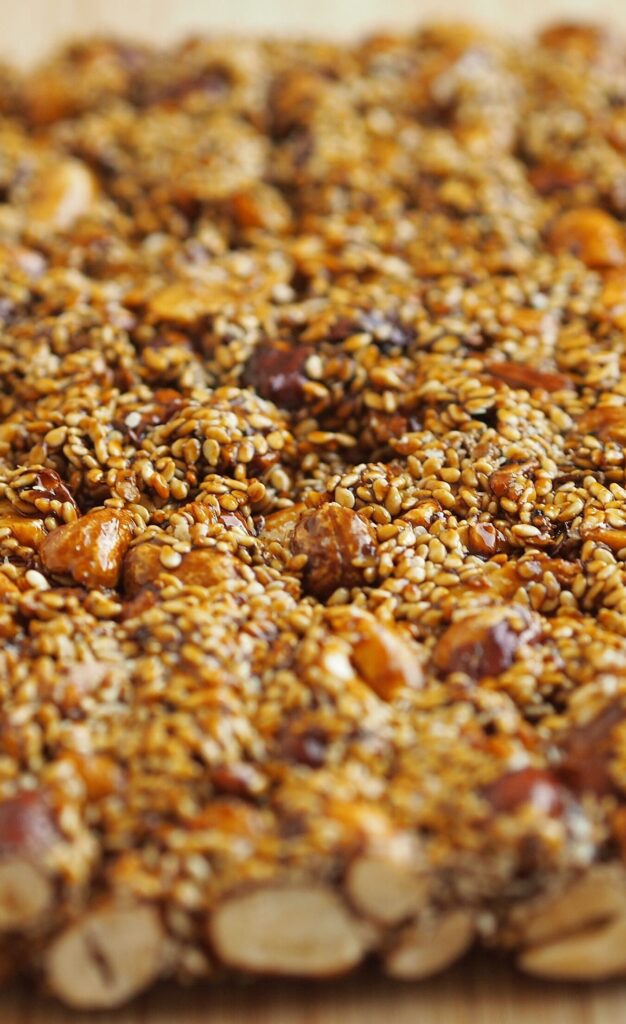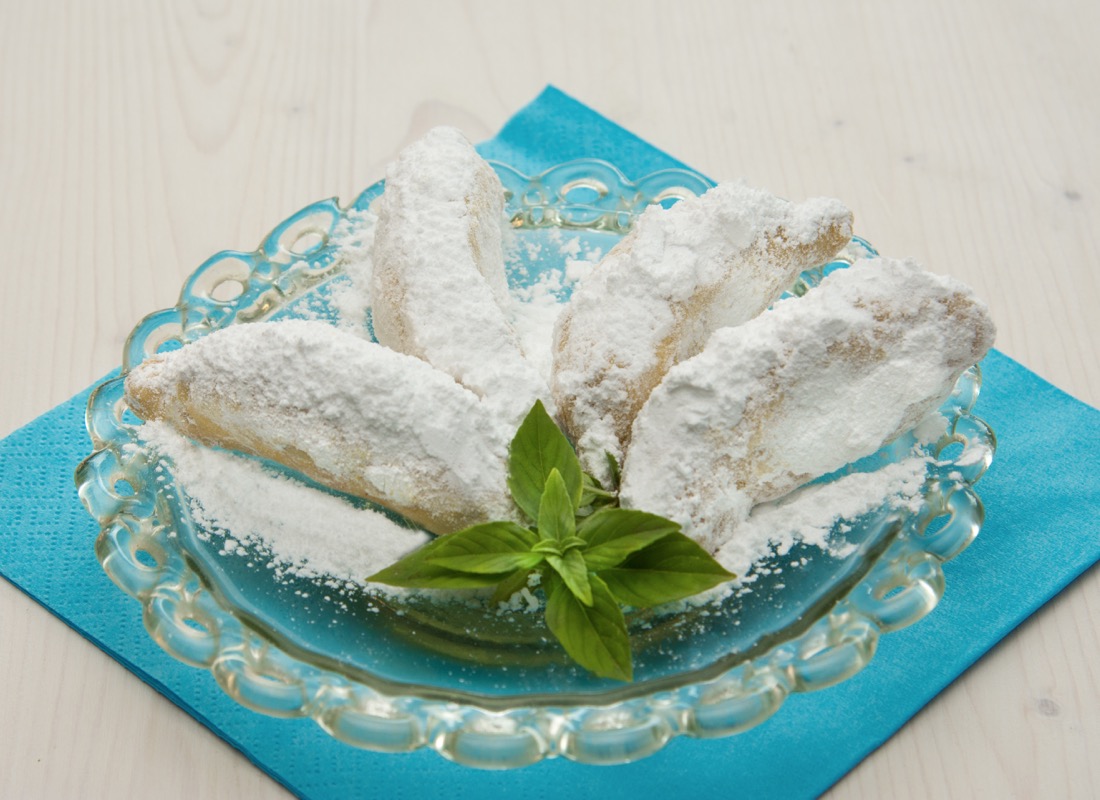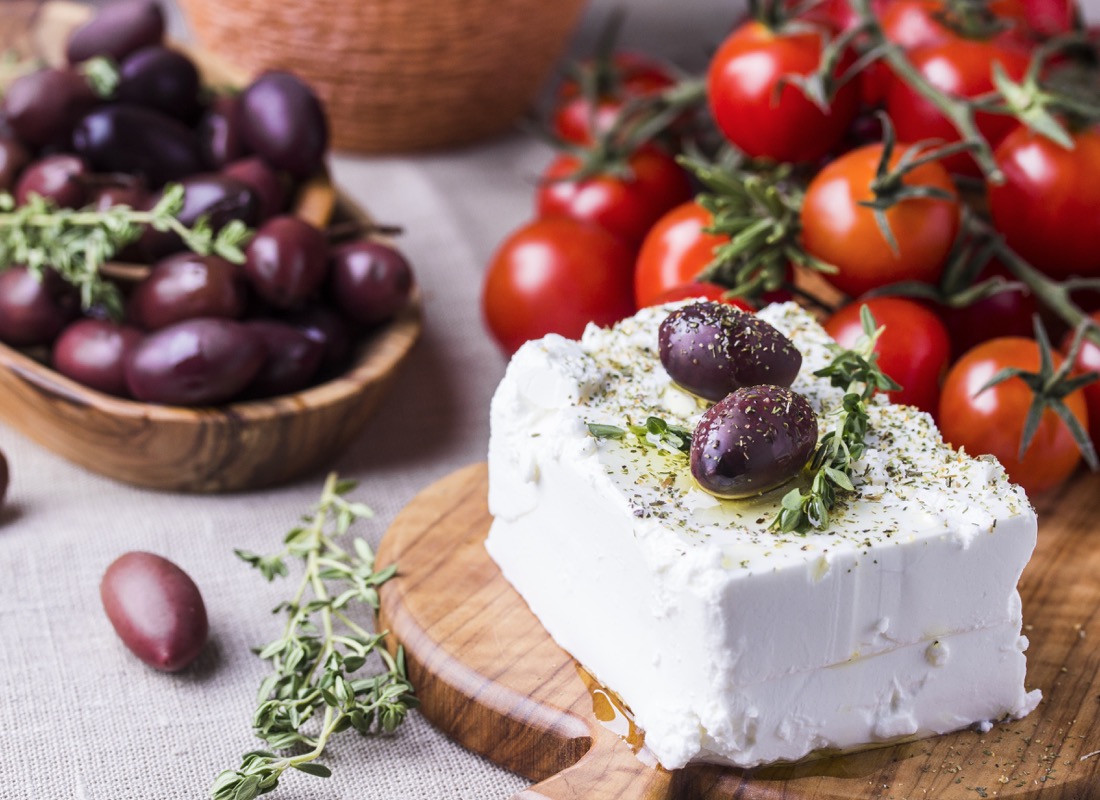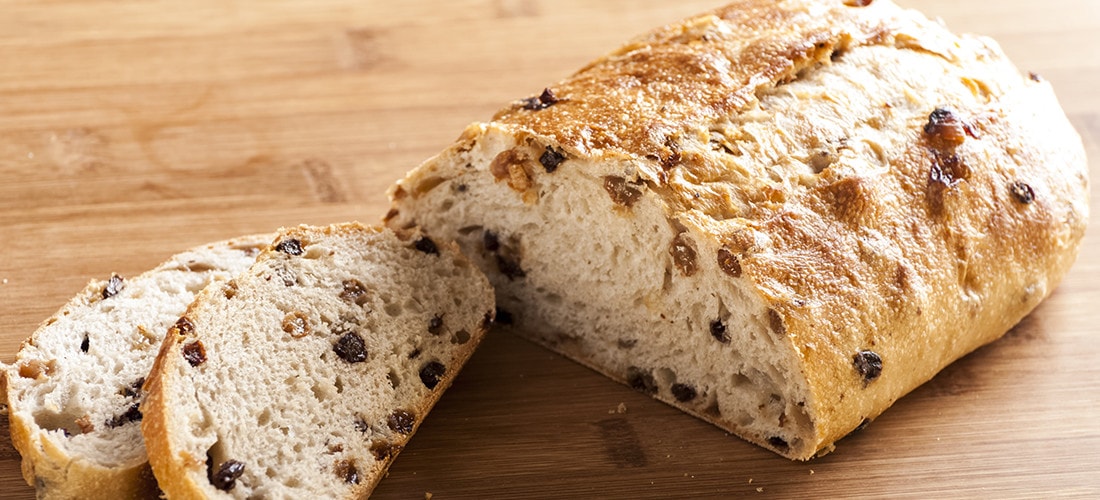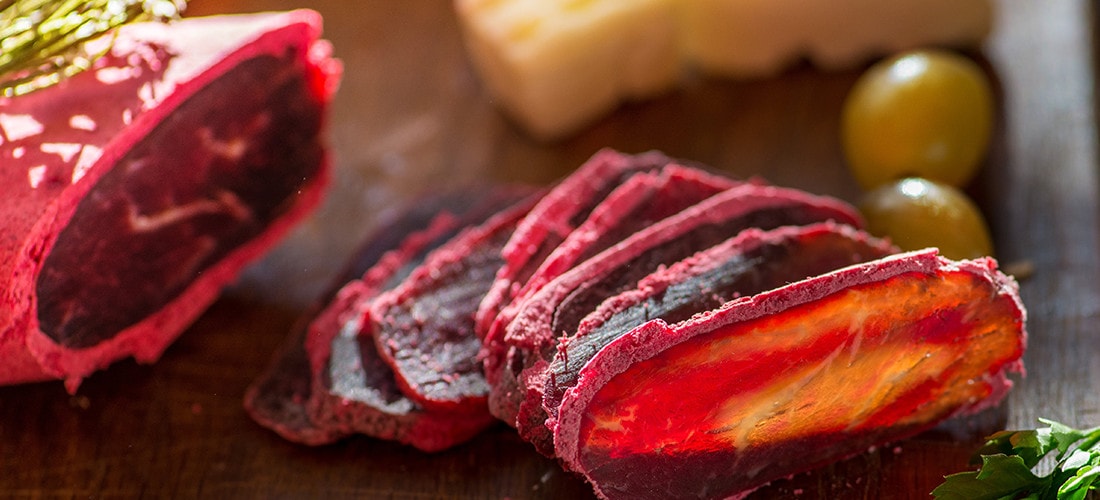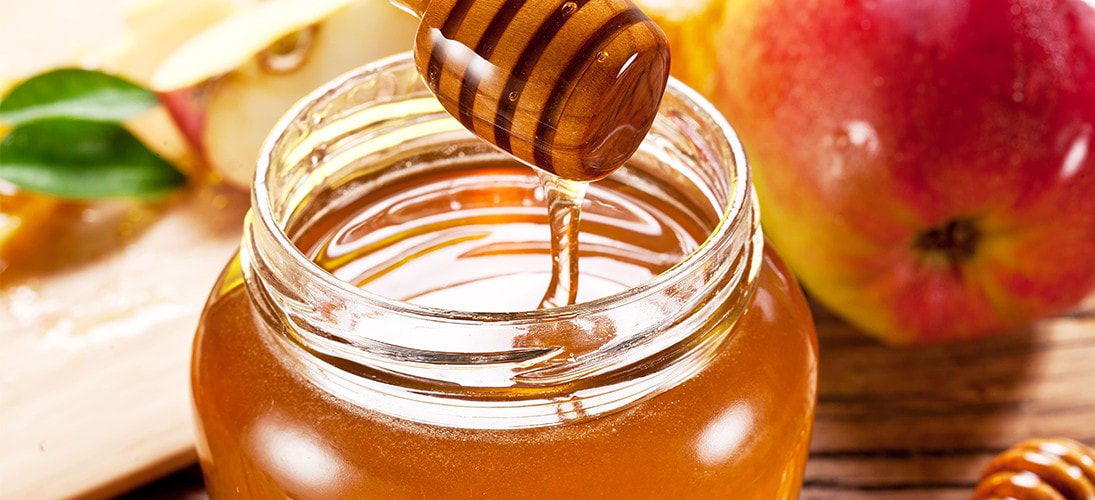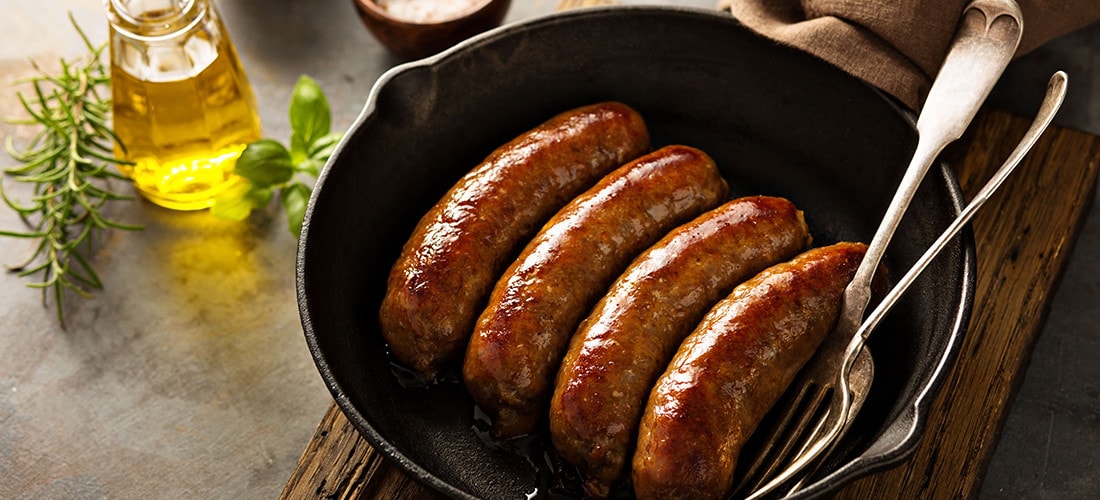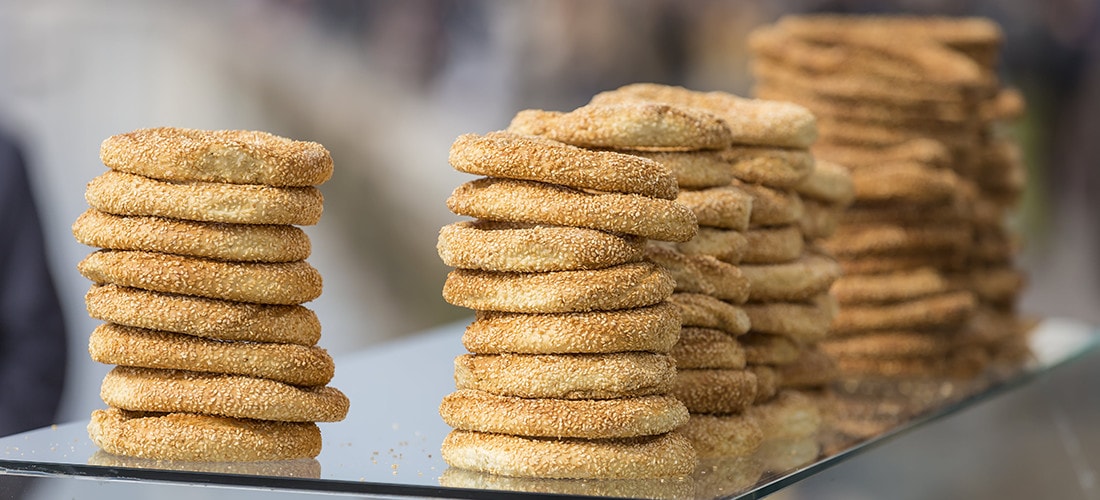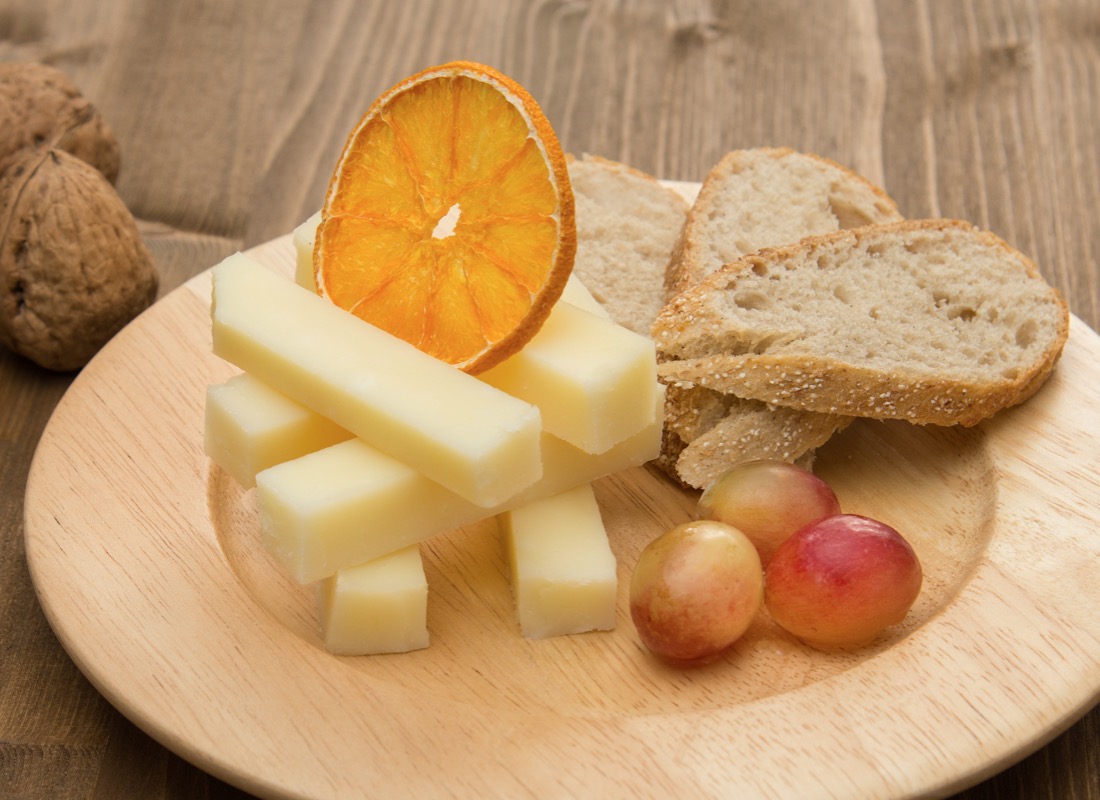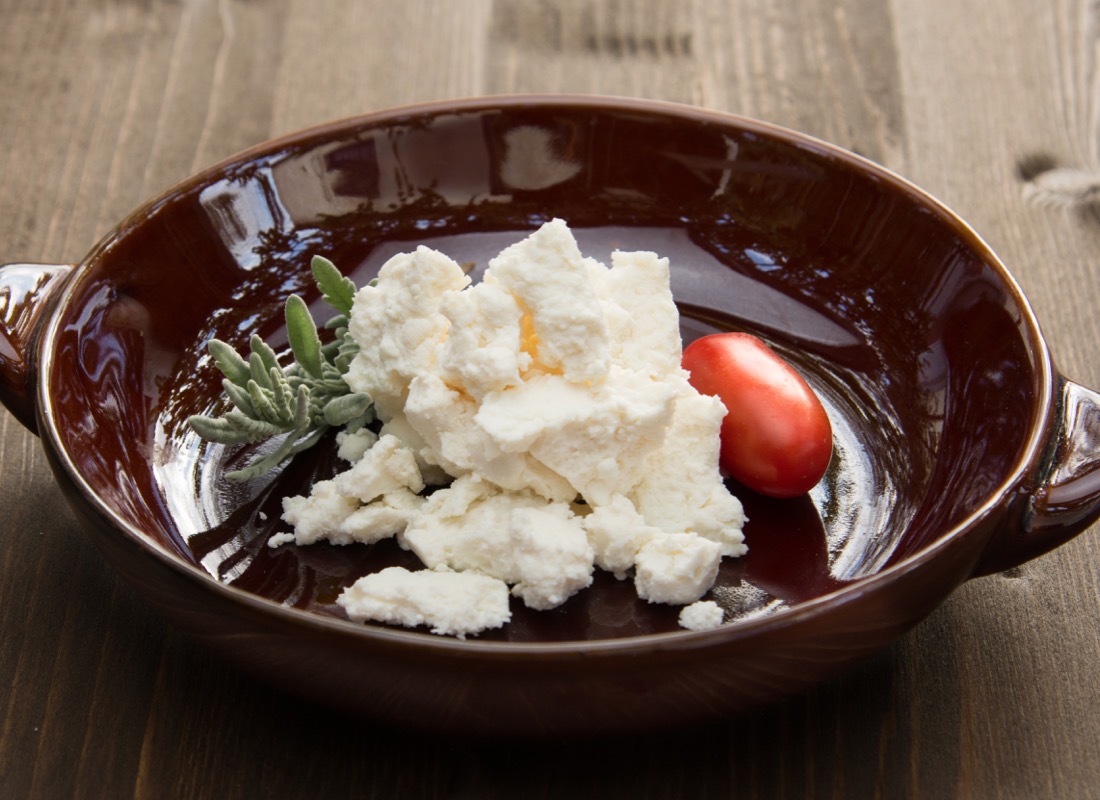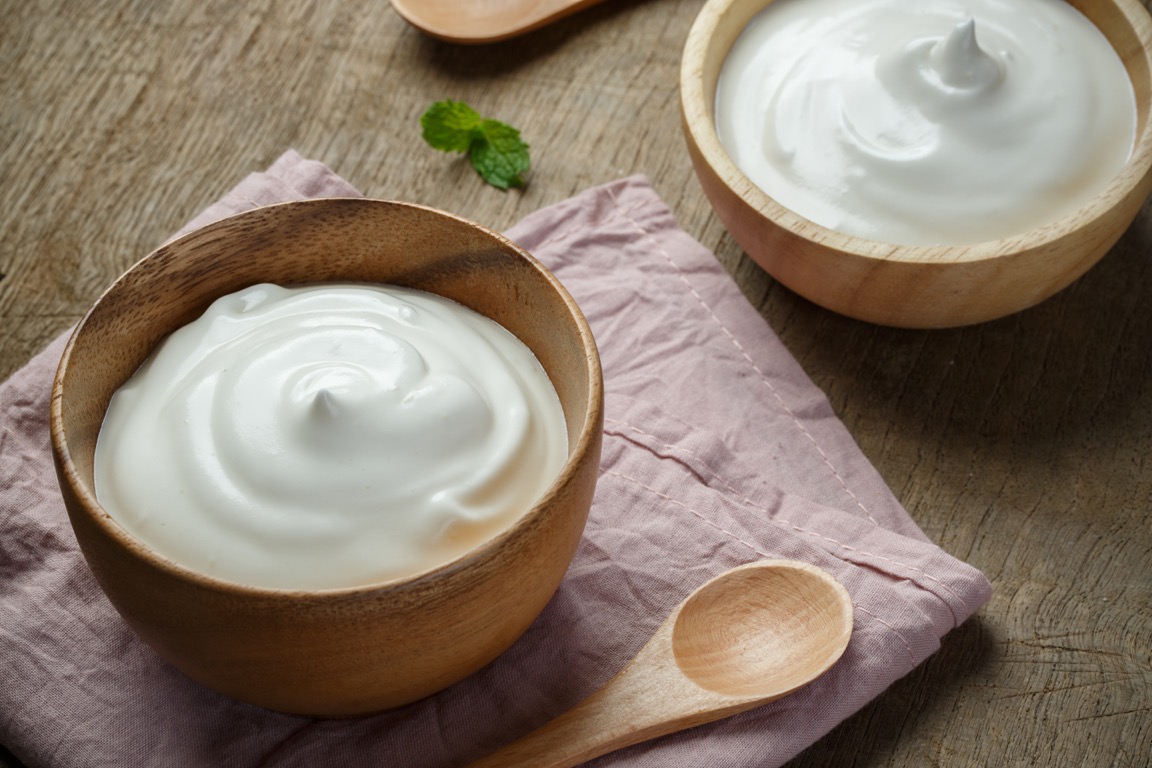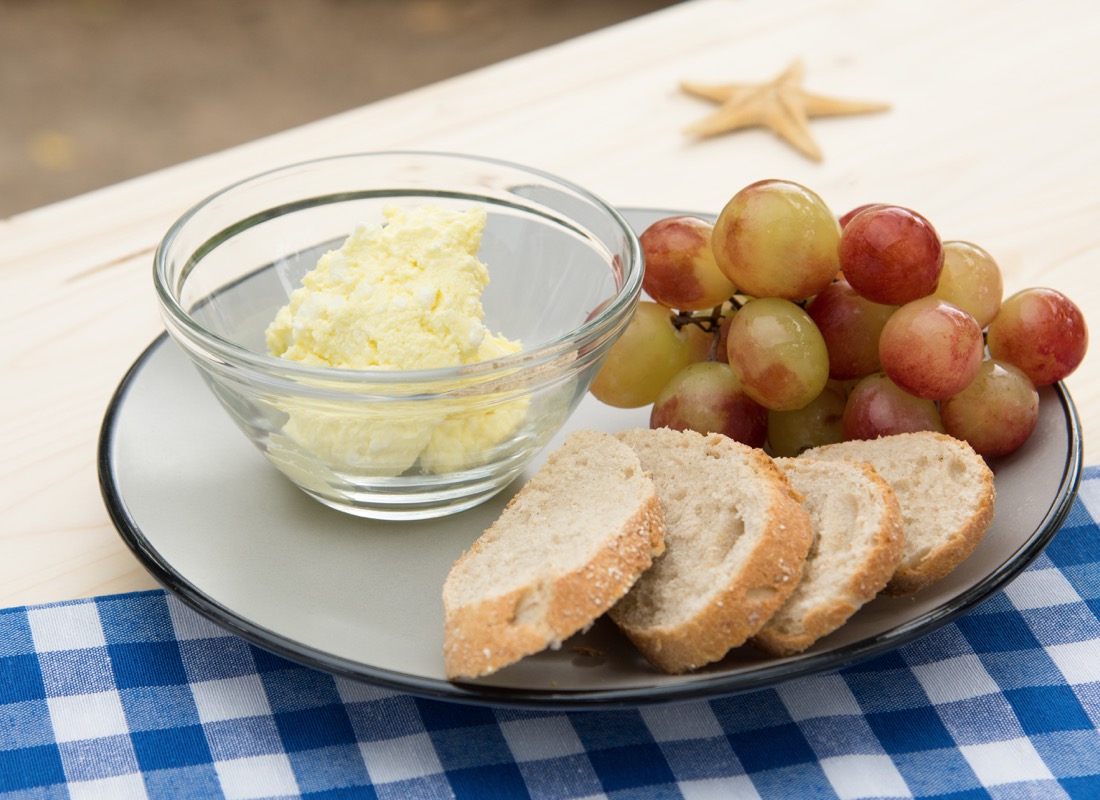Rizogalo (Rice pudding)
Its two main ingredients are rice and milk. With plenty variations rizogalo is actually served in many parts of the world. It is served as a dessert, as a snack and as part of a hearty breakfast. By adding to this base, milk boiled rice, citrus zest, Aegina pistachio, rose water, mastic or even Kozani’s saffron, we can create wonderful and delicious variations of this creamy pastry that has many lovers. But the main spice that comes with it is cinnamon. Either by adding cinnamon sticks when boiling the rice, or sprinkling with grated cinnamon on the surface of the … Read more
